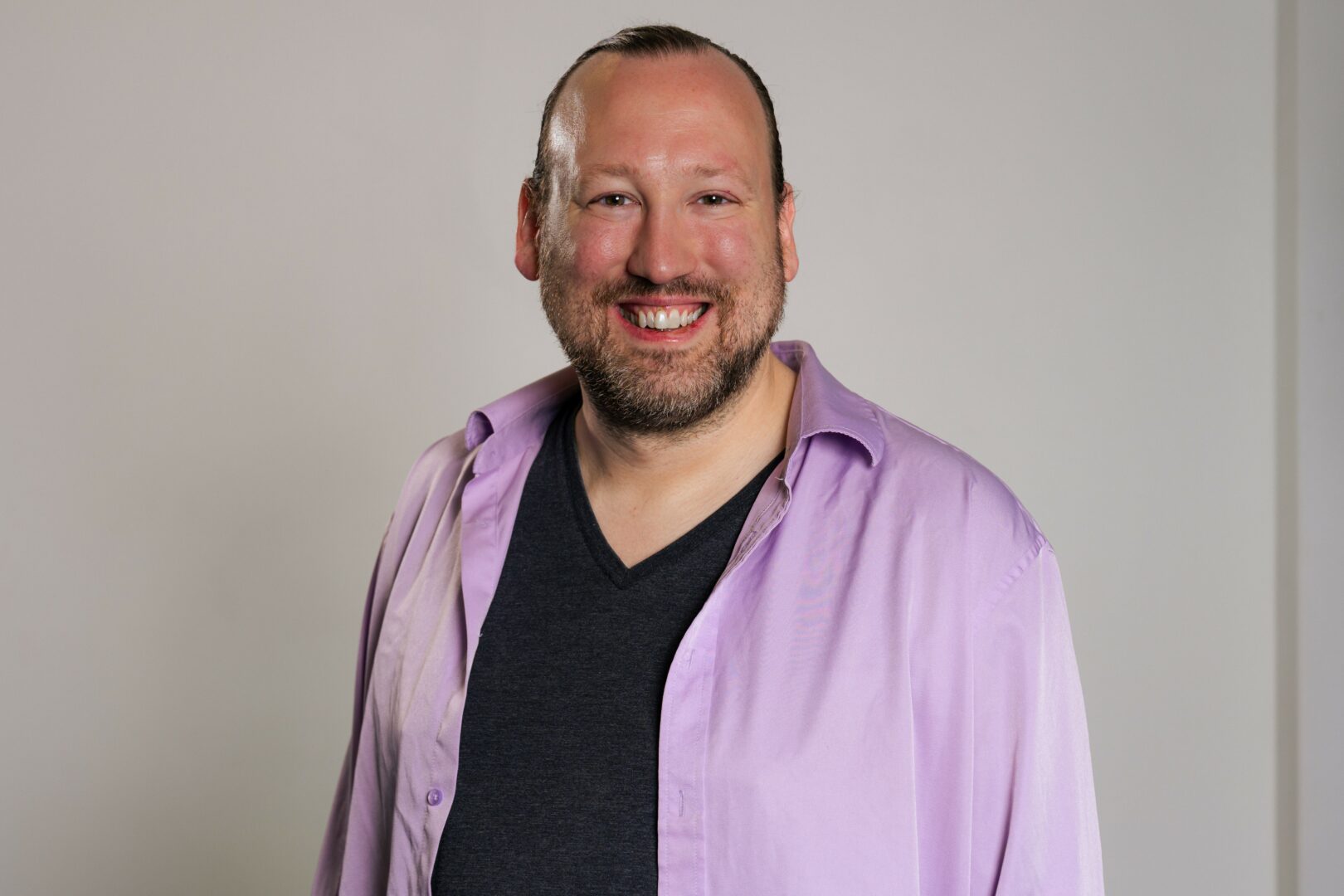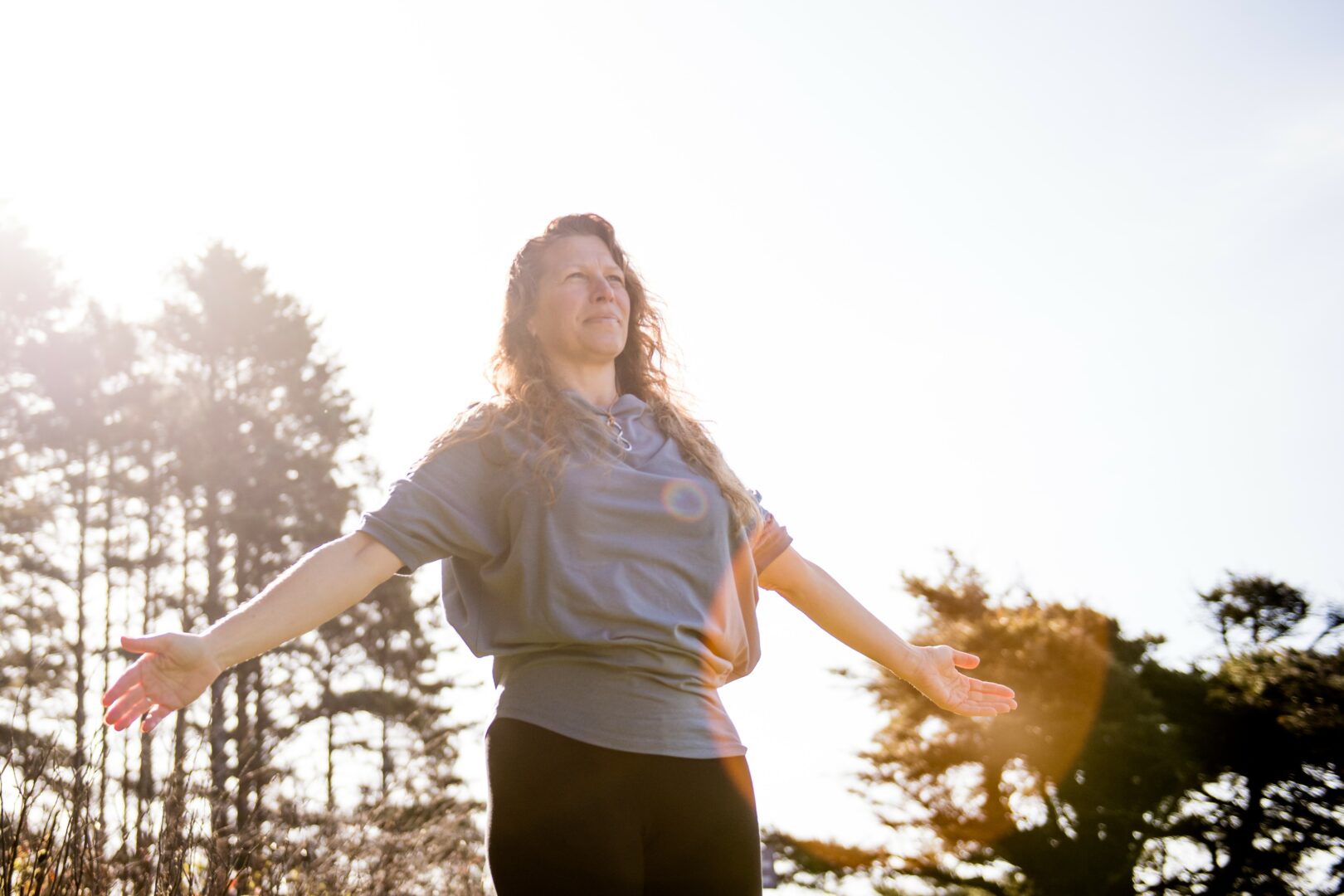We’re excited to introduce you to the always interesting and insightful Edward Gibbons-Brown. We hope you’ll enjoy our conversation with Edward below.
Hi Edward, we’re so appreciative of you taking the time to share your nuggets of wisdom with our community. One of the topics we think is most important for folks looking to level up their lives is building up their self-confidence and self-esteem. Can you share how you developed your confidence?
I think there’s a perception that confidence is something you either have or don’t have—that some people are born with it, or they cracked the code at some point, and the rest of us are just faking it.
But for me, confidence and self-esteem aren’t fixed traits. They’re practices. They’re choices I have to keep making every day, and some days I don’t make them very well. I’ve never really felt like a confident person—not consistently. What I’ve learned is how to act like someone who is, even when I don’t feel it.
“Fake it ‘til you make it” is actually pretty effective when you treat it as a tool for self-invention. Confidence, for me, often starts with reminding myself that I deserve confidence—even if I don’t feel it. And if I can’t get all the way to “I am enough,” I can usually at least get to “It’s okay to act like I am.” That’s the entry point.
Once I’m there, I’ve found that doing the things I care about—especially the things I feel I’m good at—actually builds confidence over time. It’s like a muscle. The more I use it, the stronger it gets. The more I create, the more I move through fear, the more I make things that feel meaningful to me, the more I start to believe in myself. Not because I’ve proven anything to anyone else—but because I’ve started to stabilize something inside of me.
That said, self-esteem is still an ongoing battle. It’s deeply tied to what I’m making, how I’m spending my time, and whether I feel like I’m contributing something real to the world. When I’m doing things that matter to me—and especially when I’m doing them in community with others—I feel more like myself. And I like myself more.
A huge part of it, honestly, is just learning not to listen to the negative self-talk. I’ve had to develop a little bit of a “fuck it” attitude—not in a reckless way, but in a liberating one. I try not to worry so much about whether I’m “good enough,” and instead just do the work I care about. Even if I don’t feel confident in the moment, I show up. I make the thing. I keep going.
I also think there’s something deeply frustrating about the way American culture in particular over-rewards loud confidence, even when it’s empty. I’ve watched people fail upward simply because they carry themselves with bravado, while more qualified, thoughtful people get passed over because they’re quieter or more humble. I don’t want to emulate the former type of person.
So instead of trying to match someone else’s idea of what confidence looks like, I try to stay grounded in my idea of it. Quiet confidence. Creative confidence. The kind that doesn’t need to dominate a room, but can fill it gently with something real. And if that means I’m not for everyone—good. The people who are drawn to what I do are the ones I want to reach anyway.
And finally: confidence and self-esteem don’t come from within alone. They come from community. They come from being surrounded by people who reflect back your worth, who remind you what you bring to the table when you forget. I don’t think it’s possible to feel deeply rooted in yourself if you’re completely isolated.
So if you’re struggling with self-esteem or confidence—please don’t beat yourself up. Everyone struggles with it. I do. I think we all do.
The trick is just to keep showing up. Keep doing the thing. Even when it’s hard. Especially when it’s hard. That’s where confidence begins.
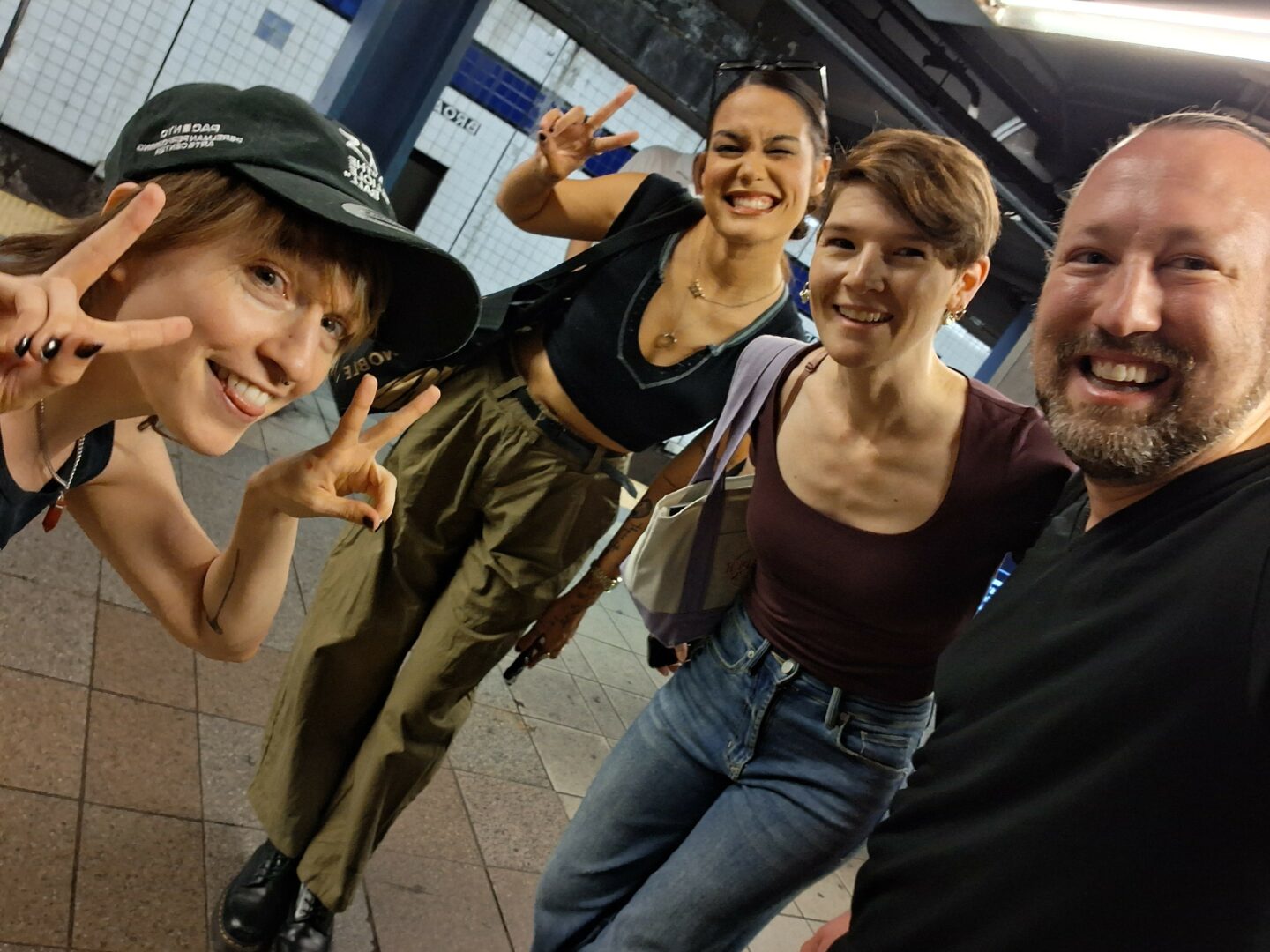
Great, so let’s take a few minutes and cover your story. What should folks know about you and what you do?
I’m a playwright, director, producer, and actor focused on building work that’s emotionally resonant, politically aware, and rooted in community. Theatre has always been the only thing that’s ever made sense to me—it’s how I’ve survived, how I’ve processed the world, and how I’ve found belonging. But more than that, I’m interested in creating spaces that foster connection, safety, and collective imagination—spaces where people can come together to build a vision for a different way of living and being.
As our society fractures and the systems around us continue to fail, I believe we need to turn toward each other. We need to imagine new narratives, new frameworks, and new futures. I think art is one of the most powerful tools we have to do that.
As I write this, I’m in the middle of performing in my play “Anne of a Thousand Faces” as part of the inaugural Gene Frankel Theatre Festival in NYC. I also directed another production in the same festival, “The Last Visit,” by Argentinian multiphyphenate Gaston Leguizamon. “Anne” is a fierce, fast, and darkly funny one-act play that shatters the myths surrounding Anne Boleyn and deconstructs patriarchy, authorship, historical spin, and the price of being seen. “Visit” is a haunting, intimate piece about grief, closure, and the nostalgic fear of lost time—it challenges the notion of self-sacrifice as a heroic ideal.
These shows are just two of the results of a deeply full season of my life—I’ve been juggling multiple theatre projects for the past several months, and while it’s been chaotic, I’ve loved every second of the mess. The exhaustion has been real, but the joy has been even more real.
My artistic mission is grounded in the belief that storytelling can shift culture—and that we need new types of stories right now more than ever. I’m especially interested in breaking out of the traditional Western hero-vs-villain monomyth and embracing narratives that allow for ambiguity, contradiction, complexity, and collective truth.
I think the old narrative structures are failing us—and I want to be part of imagining what comes next.
One of my favorite ongoing projects is FRIGID Nightcap, a monthly variety show I produce in the East Village. Each month, we bring together playwrights, drag performers, stand-ups, poets, clowns, and total genre-benders for a low-stakes, high-vibes night of creativity and community. It’s joyful and chaotic and weird and deeply alive—and I’m hoping to expand it soon into something even bigger.
Outside of writing and performing, I also work as a bartender, arts administrator, and digital marketing consultant. Like many artists, I wear a lot of hats. But at the center of all of it is one simple goal:
To create spaces where people can feel something real.
Whether it’s a black box theatre, a bar, or a late-night cabaret—we need spaces that crack us open, remind us we’re not alone, and help us make sense of the mess.
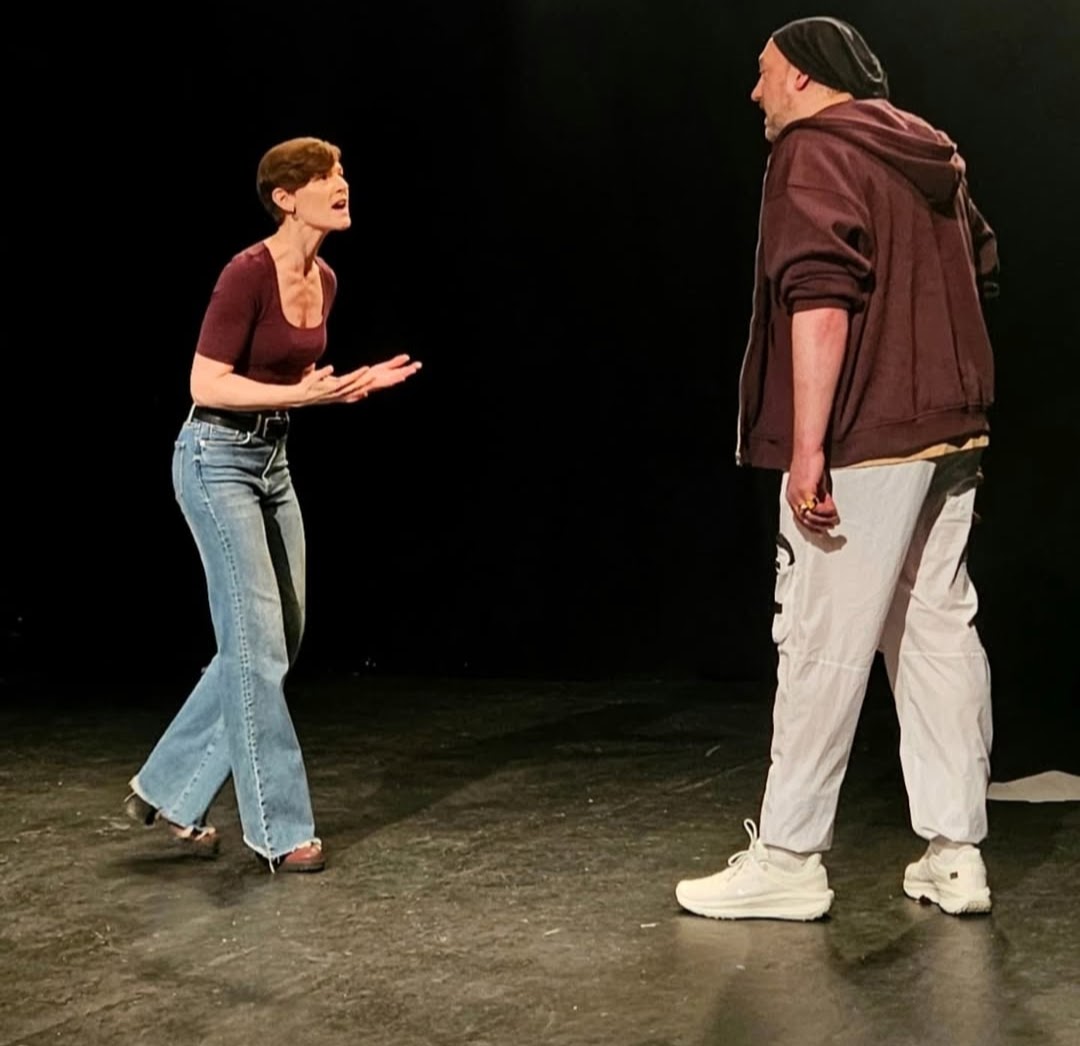
Looking back, what do you think were the three qualities, skills, or areas of knowledge that were most impactful in your journey? What advice do you have for folks who are early in their journey in terms of how they can best develop or improve on these?
1. The Ability to Keep Going (Even When You Don’t Feel Ready)
If I’ve learned anything, it’s that forward motion beats perfection every time. So much of my creative and personal growth has come not from feeling confident or fully prepared, but from doing the thing anyway. From saying “yes” before I felt ready. From acting like someone who belongs in the room—even if, internally, I was spiraling with imposter syndrome.
There’s this idea that confidence precedes action, but for me, it’s the other way around. Action builds confidence. Experience builds resilience. So if you’re just starting out, don’t wait to feel ready. Start. Take the role. Write the scene. Reach out. Apply. Learn as you go. That’s what we’re all doing, no matter how polished we look on the outside (or don’t, in my case!).
2. Emotional Intelligence (Especially Toward Yourself)
Art—and life—require you to sit with discomfort. With rejection. With doubt. With grief. With uncertainty. And that means you have to develop some tools for navigating your emotional landscape without letting it completely run the show.
That doesn’t mean ignoring how you feel. It means learning to be with how you feel, to name it, to make space for it—but not to let it dictate your self-worth or your decisions. Some of the biggest turning points in my journey have come from learning how to identify the voice of my inner critic and consciously choose not to listen to it.
If you want to make work that’s emotionally real and vulnerable, you have to start with how you relate to yourself. Learn to be your own advocate, your collaborator, your own safe space. That’s what sustains the long haul.
I’m still working on this every day, and I don’t always succeed. But I’ve also gotten better at being gentle with myself, forgiving msyelf, and letting go of moments where I feel I’ve failed. Again…just keep moving.
3. Community Literacy
I don’t think we talk enough about how much success—especially in the arts—is built on community. Not in the transactional, networking sense, but in the real, life-sustaining sense. The people you show up for. The people who show up for you. The ones who remind you that you’re not alone in this mess.
I’ve never built anything meaningful in a vacuum. Every creative breakthrough, every moment of feeling like I might actually be okay at this, has come through collaboration, shared vision, mutual care.
If you’re early in your journey, find your people. Build something with them. Share space. Share resources. Uplift others and let them uplift you. This isn’t a solo act—and honestly, it’s not supposed to be.
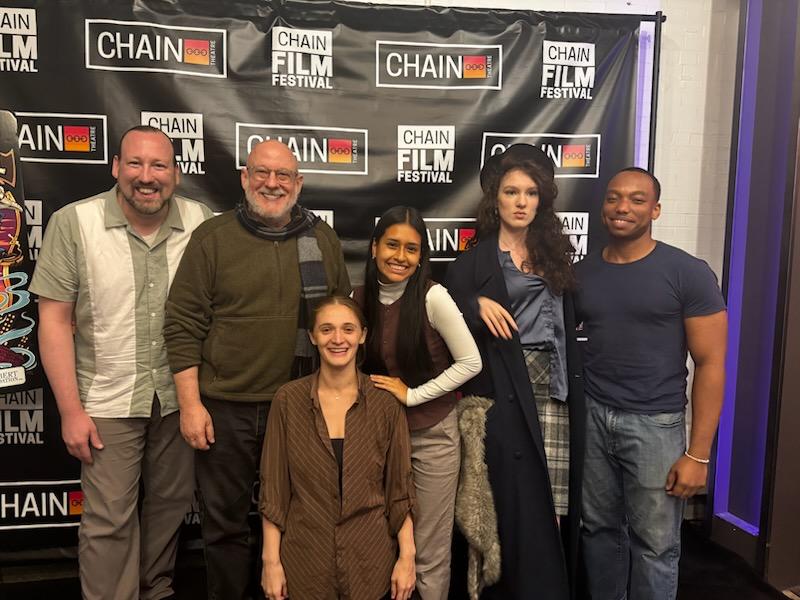
All the wisdom you’ve shared today is sincerely appreciated. Before we go, can you tell us about the main challenge you are currently facing?
The number one challenge I’m facing right now is financial and housing instability.
I’m saying that directly, without shame, because I think it’s something a lot of people—especially artists—are struggling with, and we need to be talking about it openly. We’re in the middle of a full-blown cost-of-living crisis, especially here in New York City. Rents are completely disconnected from reality, wages have been stagnant for decades, and the systems that are supposed to support working people—including creative workers—are actively under attack by our burgeoning totalitarian government. And they didn’t work that well to begin with.
Basic necessities have become unaffordable for millions. Workers are being squeezed harder than ever while billionaires hoard more wealth than any human should ever have. In this second trump term, we’re watching public arts funding gutted, social safety nets dismantled, federal policies actively punishing the most vulnerable while empowering the most violent, and the very lives of women, LGBTQIA+ folks, immigrants, and more coming under direct and brutal attack.
Artists have always been canaries in the coal mine when authoritarianism rises—our voices are among the first to be silenced, our livelihoods among the first to be made unsustainable. And let’s be clear: that’s not a side effect—it’s the point.
We’re living through a moment where the cultural imagination is under attack. Where the ability to tell stories, build empathy, ask dangerous questions, or imagine better futures is being strategically defunded, discredited, and surveilled. Art is being labeled “radical” or “un-American,” not because it is—but because it’s powerful.
So when I say I’m facing financial and housing instability, I’m not just talking about me. I’m talking about a whole generation of artists and cultural workers who are barely hanging on. Who are being told they should be grateful to starve for their craft. Who are trying to create meaningful work in a country that treats survival as a luxury and tells us if we struggle, it’s because we didn’t hustle hard enough or “monetize” our creativity the right way.
That mindset is not only toxic—it’s dangerous, and can be fatal.
Artists need money. Artists need housing. Artists need infrastructure, support, healthcare, and a livable baseline—just like anyone else.
I’ve been navigating multiple jobs—bartending, admin work, digital marketing—alongside my creative projects, and even so, it’s a struggle to find consistent, stable housing and break free from the paycheck-to-paycheck lifestyle. It’s hard, and I won’t pretend otherwise.
What I’m trying to do about it is this:
– Advocate for systemic change. I talk about this issue as much as I can in the spaces I’m in. I believe we need universal basic income, universal healthcare, expanded public arts funding, rent control, and real protections for working people in this country.
– Stay in community. Financial instability is isolating by design. One of the ways I push back is by staying connected—to other artists, to organizers, to friends who remind me I’m not in this alone.
– Keep creating, despite the odds. Because the people in power are counting on artists to burn out. To give up. To disappear quietly. Choosing to keep making work—to stay visible, to stay loud—is one of the most important things any of us can do.
This isn’t the kind of challenge I can bootstrap my way out of. It’s structural, and, in many ways, it’s by design. But part of what gives me hope is that I know I’m not the only one facing it—and that there’s power in naming it out loud. And if we want to live in a country where art still exists, where truth still exists, we need to start treating artists not as disposable, but as essential.
It’s going to take all of us to push back. But I believe we can. I believe we must. Because in this political moment, creating and sustaining art is not just work—it’s resistance.
Contact Info:
- Website: https://edwardgibbonsbrown.wixsite.com/discover
- Instagram: @edwardgibbonsbrown
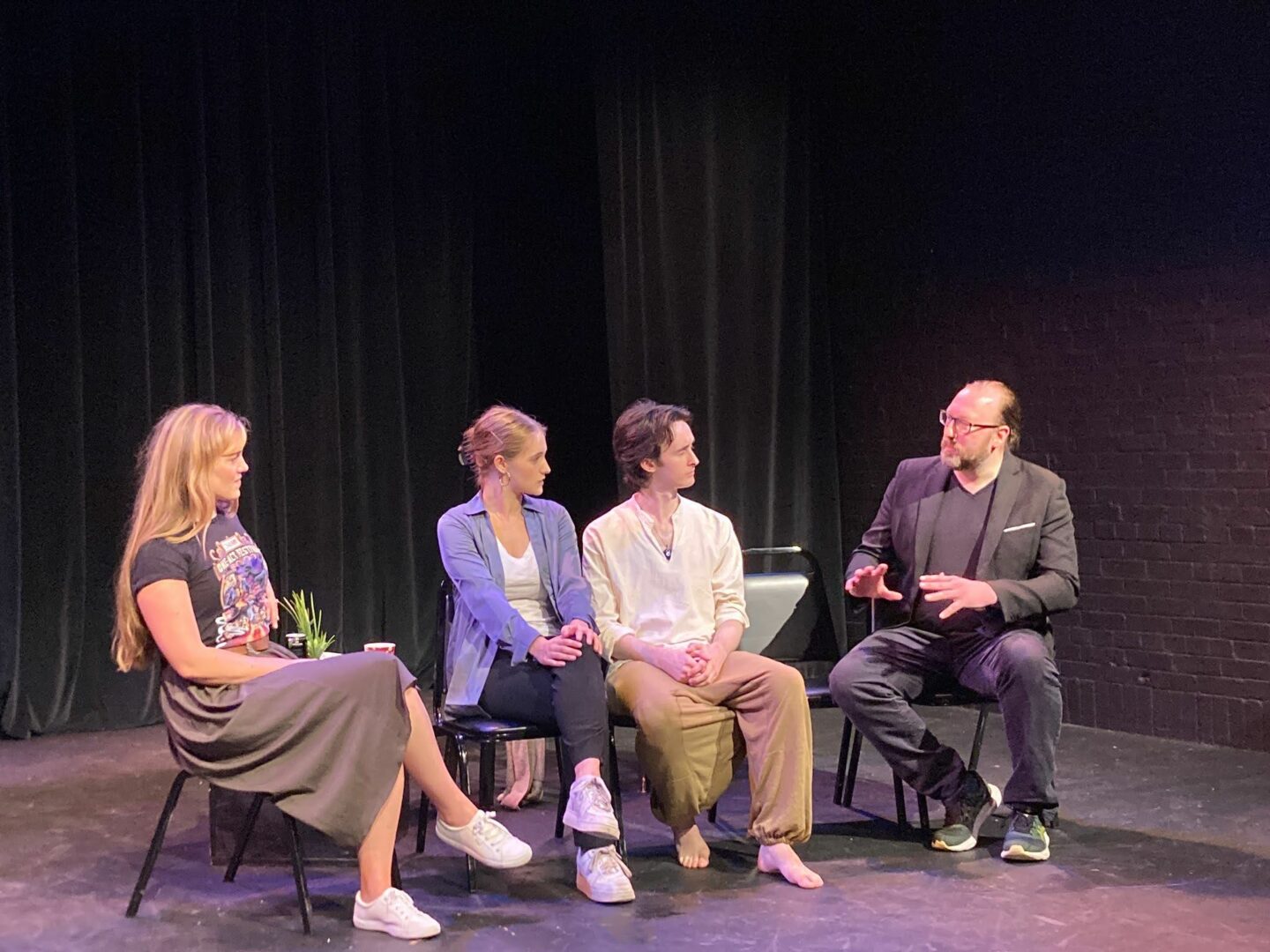

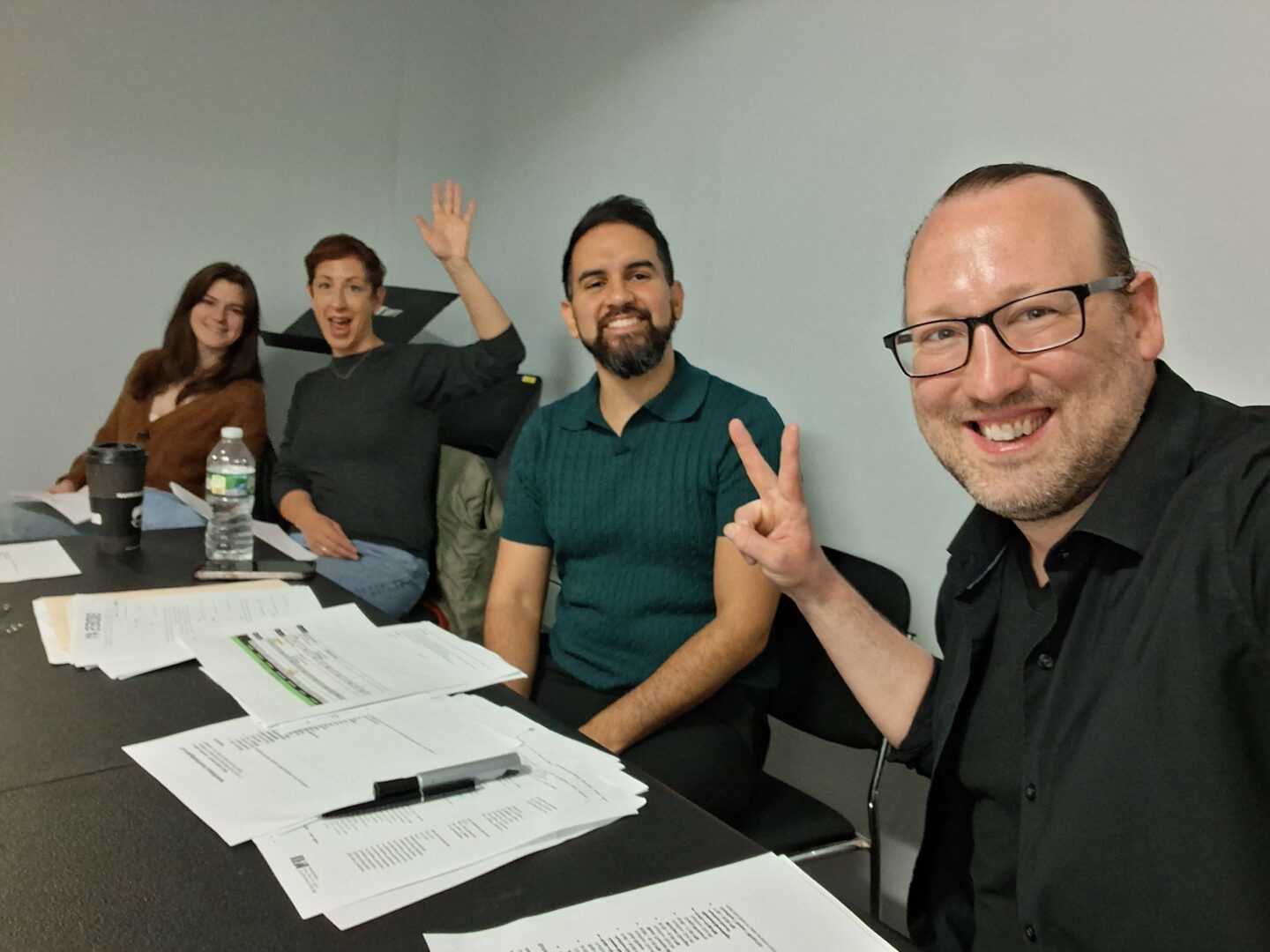
Image Credits
Personal Photo – credit: Dillon Puswald – IG: @dillon_puswald – dillonpuswald.com
so if you or someone you know deserves recognition please let us know here.

